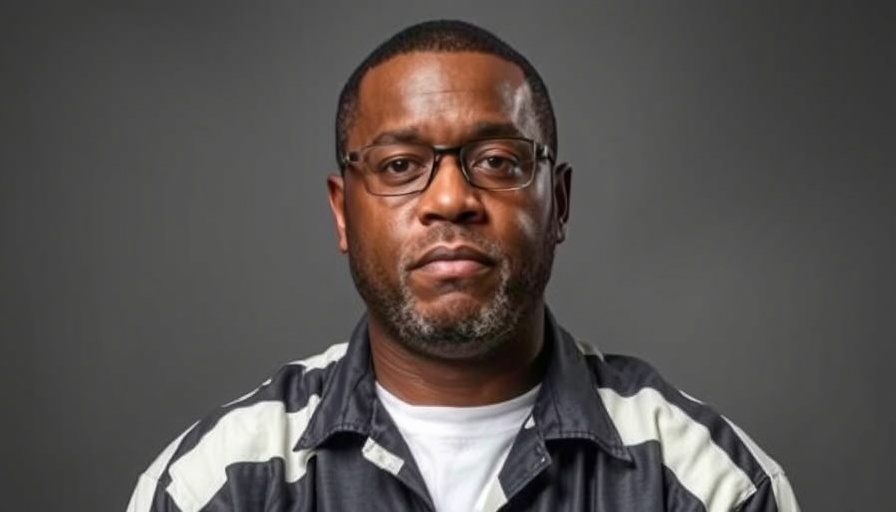
The Controversial Case of Robert Roberson
Robert Roberson, an inmate in Texas, faces a grim future as a new execution date has been set for October 16, 2025. This pivotal moment in his case draws attention not only to the specifics of the tragic crime but also to the larger implications of justice and the validity of forensic evidence in the legal system.
Background of the Case and New Evidence
Roberson was convicted for the 2002 death of his two-year-old daughter, Nikki Curtis, in Palestine, Texas. Prosecutors argued that Roberson had violently shaken his daughter, leading to severe head trauma consistent with shaken baby syndrome. However, his defense claims that recent advancements and reviews of medical evidence suggest that Nikki died from pneumonia complications rather than abuse.
In light of new evidence, Roberson’s legal team contends that “no rational juror would find Roberson guilty of capital murder.” This evidence includes statements from pathologists questioning the medical examiner’s findings and suggesting that the circumstances of the death do not align with homicide.
Legal Maneuvering and Political Involvement
The case gained renewed attention following a stay of execution granted last October, spurred by bipartisan lawmakers advocating for Roberson’s innocence. This extraordinary interaction highlighted the potential flaws in the judicial proceedings surrounding his conviction. In a notable instance, Roberson was placed on standby for execution just days before the execution was halted, showcasing the frenetic pace and weight of the legal battle for his life.
Texas Attorney General Ken Paxton’s office requested the new execution date, but Roberson's team argues that his pending appeal must be resolved first. The ongoing saga illustrates the intersection of law, politics, and public sentiment—a recipe for either justice or injustice, depending on how these complexities unfold.
The Role of Science in Legal Decisions
This case raises significant questions about the role of scientific evidence in the courtroom. Historically, shaken baby syndrome diagnoses have led to numerous convictions like Roberson’s; however, mounting skepticism surrounding such conclusions has led some medical professionals to re-evaluate past cases. Reports point to unreliable and outdated science, suggesting that many innocent individuals may find themselves condemned based on flawed interpretations of medical evidence.
While courts typically rely on expert testimony to ascertain guilt, the challenge remains whether this testimony reflects the most current understanding of medical science, particularly with cases involving highly sensitive issues like child fatalities.
Implications for Texas' Judicial System
The looming execution of Robert Roberson not only impacts him and his family but also serves as a harbinger for Texas’ judicial accountability. With the state’s long-standing reputation for strict sentencing, including death sentences, the growing concern is whether justice can coexist with potential flaws in the legal procedures. Roberson’s case may set precedents for how future appeals are handled and how errors in conviction are rectified.
A Call to Reflect on Justice and Fairness
The narrative surrounding Robert Roberson underscores the necessity for diligent legal processes and transparency in judgments that can irrevocably alter lives. As his execution date approaches, it is imperative that discourse continues around the reliability of forensic evidence, the implications of political involvement in legal matters, and the moral responsibilities of the courts in ensuring fair trials.
As society reflects on the complexities of guilt and innocence, it is essential to uphold the principles of justice, especially for those who may have been wrongfully convicted. Roberson's situation serves as a reminder of the consequences of actions taken under potentially misguided assumptions and the need for ongoing reform in our judicial approaches.
 Add Row
Add Row  Add
Add 




 Add Row
Add Row  Add
Add 


Write A Comment